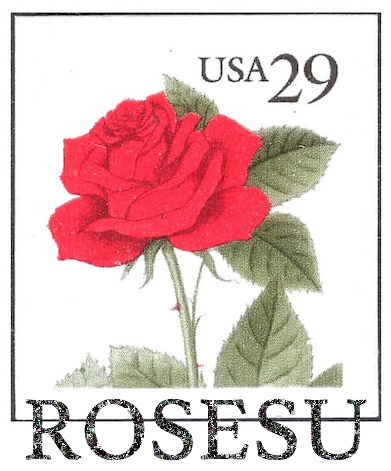Callistephus produce some of the ultimate cut flowers, with a long vase-life. The flowers are large, luxuriant, and tend to come in pastel shades that are easy to blend in with any environment. The plants are upright and bushy, and bloom all summer long.
Plant China Aster Seeds in full sun, in a location with good drainage. You will be rewarded with huge blooms atop tall stems, perfect for cutting!
FAQ
01
When to Plant Aster Seeds
Plant outdoors after the last frost of the season or start indoors 6-8 weeks before the last frost date.
![]()
02
Where to Plant Aster Seeds
Plant in moist, nutrient dense, well draining soils that are exposed to full sun (6-8 hours of sun per day) to partial shade (4-6 hours of sun per day). Do not plant asters in areas where the soil readily dries out.
03
How to Plant Aster Seeds
Aster seeds require light to germinate, so be careful not to cover them when planting. Learn more about germination light requirements here.
When sowing outdoors, spread the seeds across the surface of moistened soil. Repeat this several times every 10-14 days and keep the soil moistened to ensure an extended blooming season. When grown indoors, transplant into the garden 6-8 inches apart.
04
How to Care for Aster
Asters are easy to maintain. Do not allow soils to dry out. Mulching around each plant can both keep weeds down as well as aid in moisture retention. Taller flower stalks may need to be staked to keep them from falling over. Keep from crowding asters together wherever possible to allow for better airflow between plants. Plant in different locations each year to reduce the risk of spreading potential pests or diseases.
![]()
![]()
![]()
![]()














